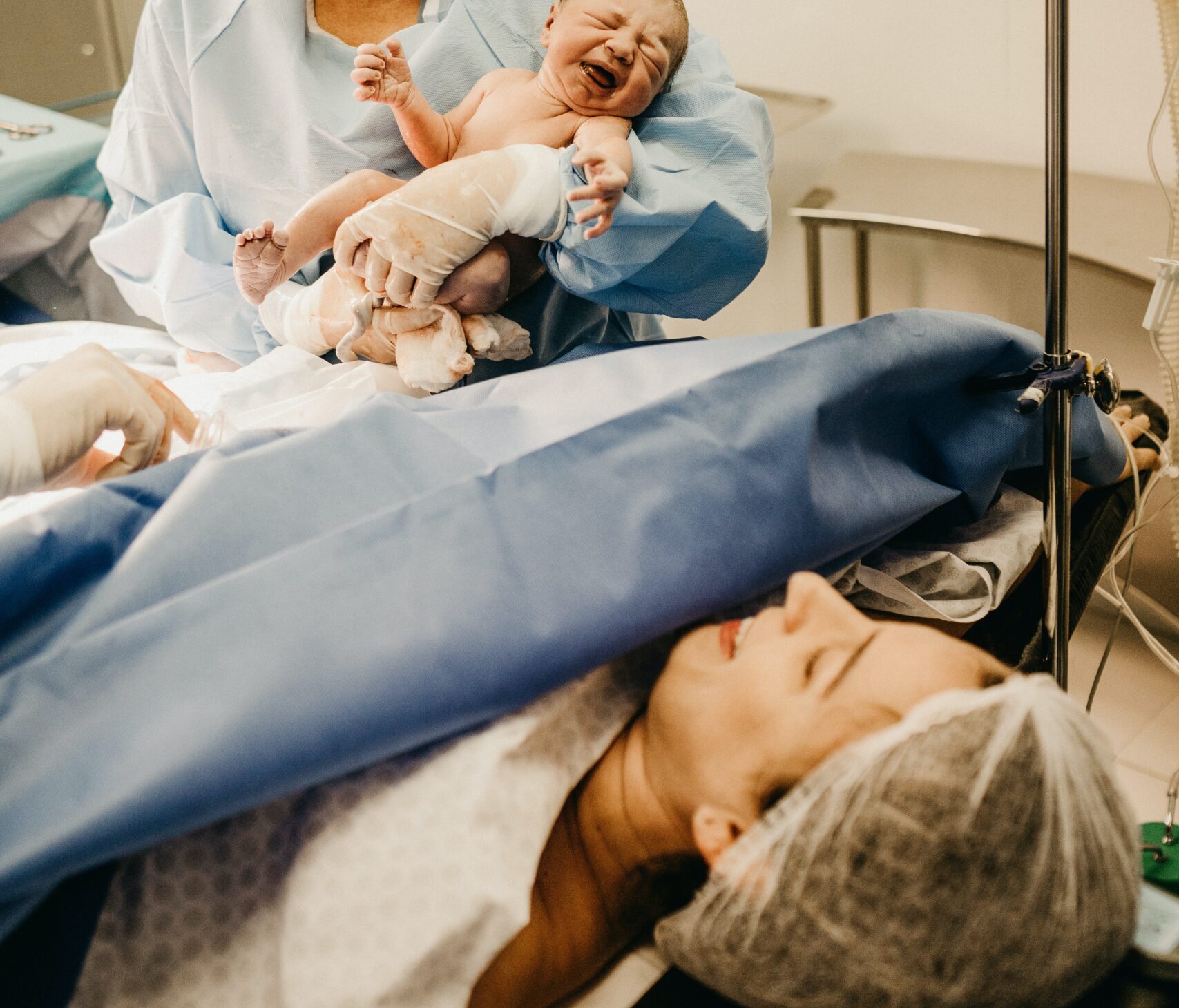Maternal Mortality in California
Maternal death, also known as maternal mortality, refers to the death of a woman during pregnancy, childbirth, or within 42 days after the end of pregnancy, regardless of the duration or site of the pregnancy, from any cause related to or aggravated by the pregnancy or its management.
California has been working to address maternal mortality and improve maternal health outcomes. According to data from the California Department of Public Health, the maternal mortality rate in California has shown a decrease in recent years. Between 2006 and 2013, California’s maternal mortality rate was approximately 8.0 deaths per 100,000 live births. However, between 2014 and 2016, the rate dropped to 5.6 deaths per 100,000 live births.
It’s worth noting that California has implemented various initiatives to improve maternal health and reduce maternal mortality. One significant initiative is the California Maternal Quality Care Collaborative (CMQCC), which is a statewide organization focused on improving maternity care quality and safety. Additionally, California has implemented legislation and policies to address maternal mortality. For example, in 2019, the California legislature passed Assembly Bill 577, which established the Maternal Mortality Review Program. This program aims to review maternal deaths, identify contributing factors, and make recommendations for improving maternal health outcomes.

Causes of Maternal Death Globally
The primary causes of maternal death can vary depending on the region, access to healthcare, quality of healthcare, and various other factors. However, globally, the main causes of maternal mortality are generally classified into direct and indirect causes.
The causes can be classified into direct causes and indirect causes which are explained below.
Direct Causes of Maternal Death
Direct causes are those that result directly from pregnancy, childbirth, or complications during the postpartum period. Some common direct causes include:
- Severe bleeding (postpartum hemorrhage): This is the leading cause of maternal mortality worldwide and can occur due to various factors, such as uterine atony (inability of the uterus to contract), placental abnormalities, or trauma during childbirth.
- Infections: Infections during pregnancy, childbirth, or the postpartum period, such as sepsis (infection in the bloodstream), puerperal infections (infections of the reproductive organs after childbirth), or urinary tract infections, can lead to maternal death if not promptly treated.
- High blood pressure disorders: Conditions such as preeclampsia and eclampsia, which involve high blood pressure during pregnancy, can lead to severe complications and maternal death if not managed appropriately.
- Unsafe abortion: In regions where access to safe and legal abortion is limited, unsafe abortion practices can lead to maternal deaths due to complications such as hemorrhage, infection, or organ perforation.
- Obstructed labor: When the baby cannot pass through the birth canal due to various reasons, such as a large baby, abnormal fetal position, or narrow pelvis, it can result in prolonged labor and maternal complications like uterine rupture or infection.
Indirect Causes of Maternal Death
Indirect causes of maternal mortality are pre-existing or newly developed health conditions that are not directly related to pregnancy but are aggravated or exacerbated by it. Some examples include:
- Pre-existing cardiovascular diseases: Women with pre-existing heart conditions may face increased risks during pregnancy and childbirth.
- Pre-existing respiratory diseases: Chronic respiratory conditions, such as asthma or tuberculosis, can worsen during pregnancy and pose risks to maternal health.
- HIV/AIDS: Women living with HIV/AIDS have increased vulnerability during pregnancy, and without proper management, it can lead to maternal complications.
- Diabetes: Both pre-existing diabetes and gestational diabetes can increase the risk of maternal mortality if blood sugar levels are not well-controlled.
- Other underlying medical conditions: Any pre-existing health condition, such as renal disease, liver disease, or autoimmune disorders, can increase the risk of complications during pregnancy and childbirth.
The causes of maternal mortality can vary across different countries and regions. Understanding these causes and addressing them through improved access to quality healthcare, skilled birth attendants, emergency obstetric care, and comprehensive prenatal and postnatal care is crucial in reducing maternal mortality rates worldwide.
Take Legal Help From a Birth Injury Lawyer
Maternal death and subsequent investigation need to be handled delicately and legally. Taking legal help in any case of maternal death is necessary to ensure a complete and thorough investigation is carried out. This means thoroughly examining medical records and gathering evidence to ensure the truth is uncovered. Legal help is also necessary to understand the right to compensation for families affected by maternal death. Protection of rights is especially important when negligence or misconduct of any kind may be involved.
Maternal deaths are preventable and are heartbreakingly common, but many cases still go overlooked and unpunished. Taking legal help in cases of maternal death is key to understanding one’s rights, any legal action one can take, and the right to compensation. Legal assistance is also needed to ensure thorough investigations take place and those responsible are held accountable. With legal help from Pacific Attorney Group, affected families can make sure the truth is uncovered and justice is served.
